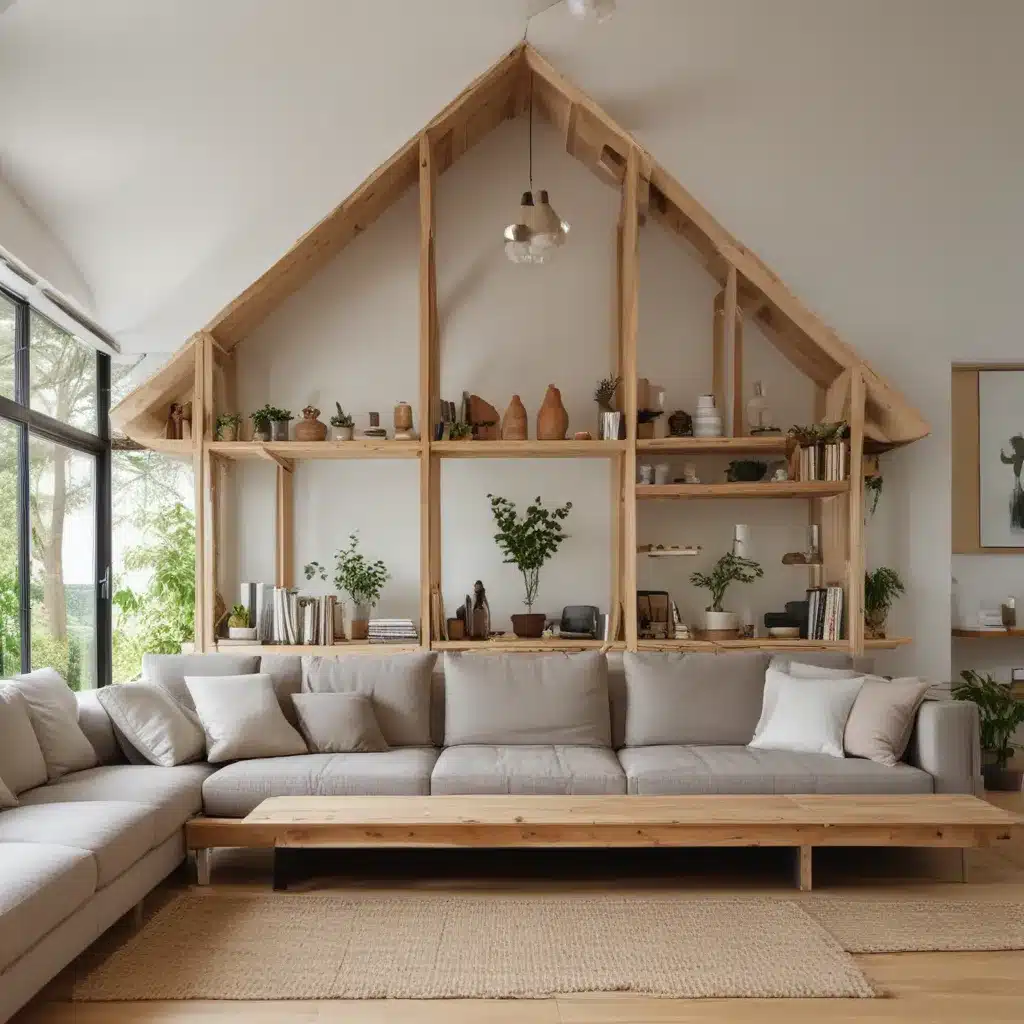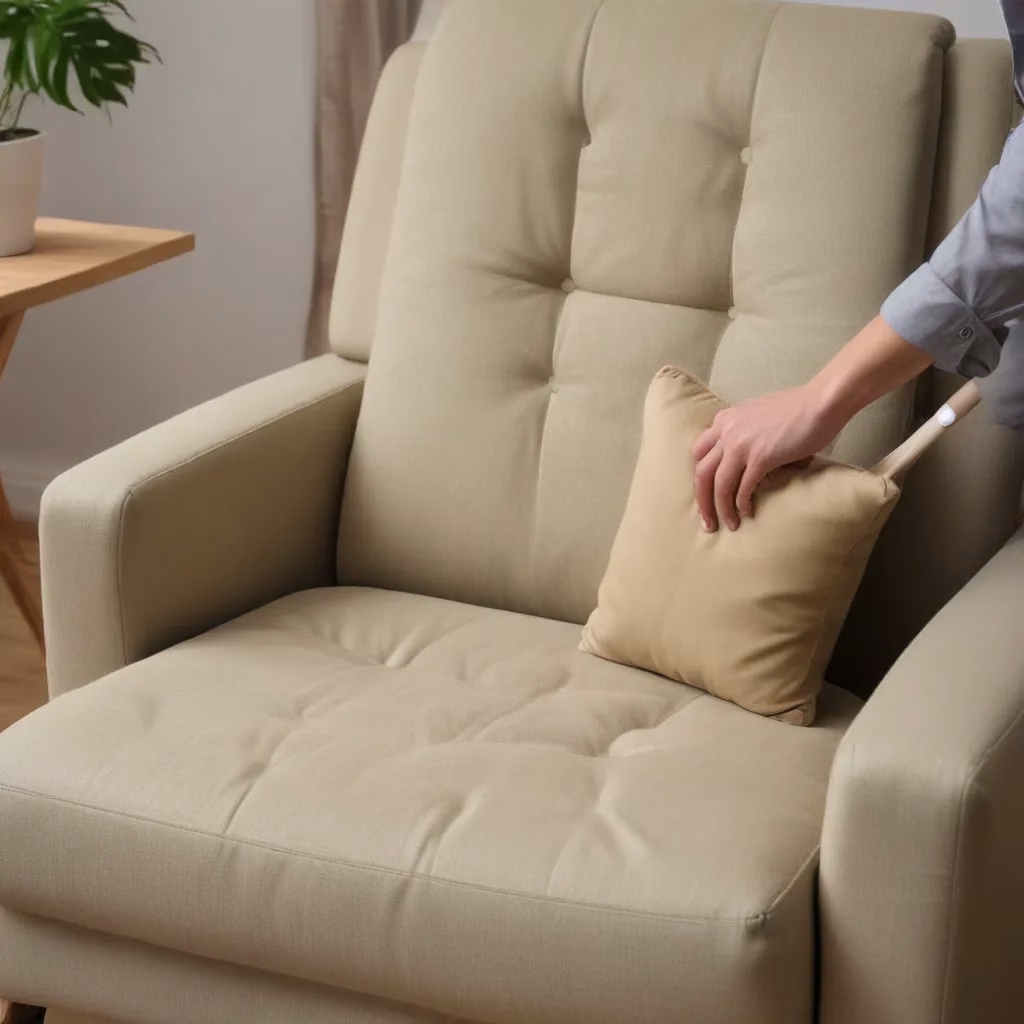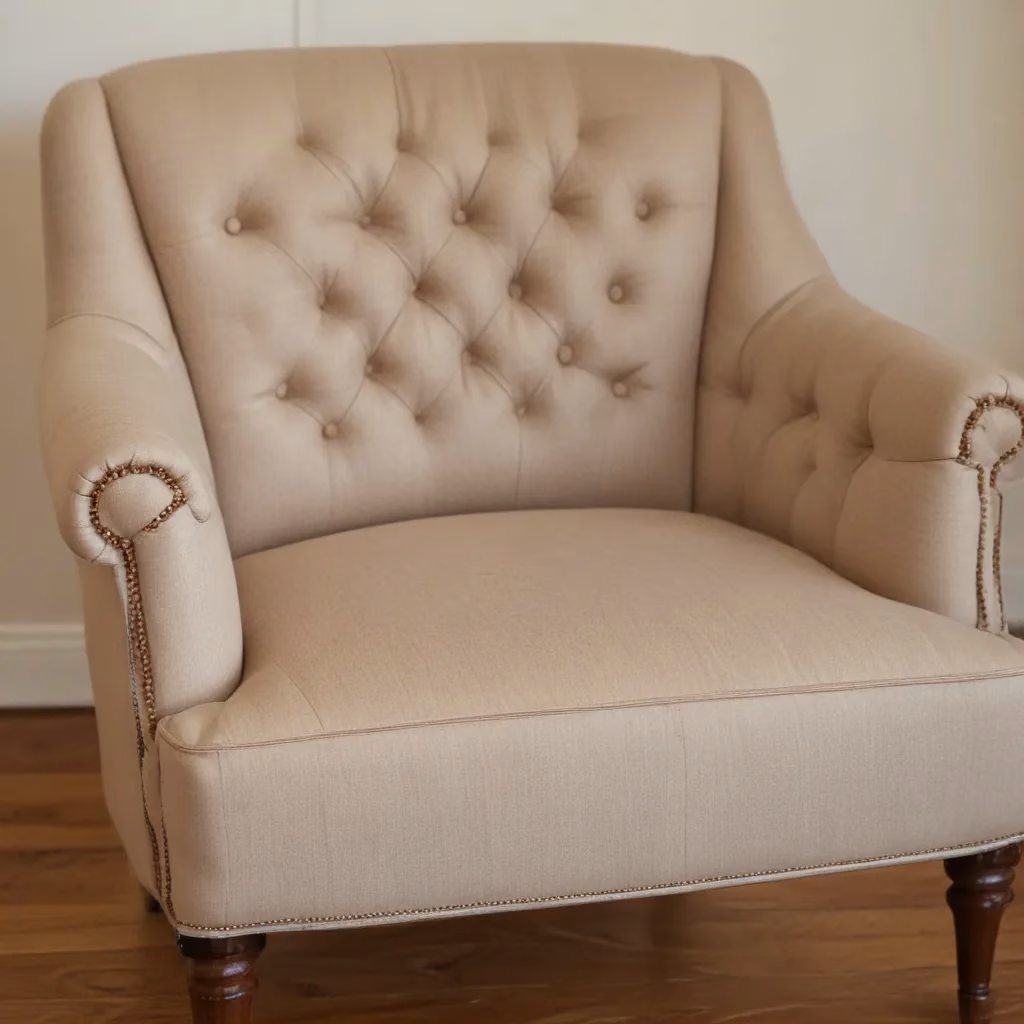Embracing Eco-Friendly Habits at Home
As a project architect and sustainability enthusiast, I’ve always believed that being environmentally conscious doesn’t have to be complicated or overwhelming. In fact, the key to creating a more sustainable lifestyle often lies in the small, everyday changes we can make within our own homes.
Recently, with the COVID-19 outbreak forcing many of us to spend more time indoors, I’ve found myself reflecting on how I can further reduce my carbon footprint and create a greener, more eco-friendly living space. And let me tell you, the benefits have been quite remarkable – from improved indoor air quality to a renewed sense of purpose and mindfulness.
In this article, I’m excited to share the small, practical steps I’ve taken to transform my home into a more sustainable haven. Whether you’re looking to save some money, reduce waste, or simply create a healthier living environment, I’m confident these tips will inspire you to make your own eco-friendly changes. So, without further ado, let’s dive in!
Improving Indoor Air Quality
Did you know that we spend an astonishing 90% of our time indoors? With that in mind, it’s no surprise that the quality of our indoor air has a significant impact on our overall health and well-being.
As someone who’s passionate about sustainable design, I’ve always been attuned to the importance of creating a healthy indoor environment. And now, with the COVID-19 pandemic, I’ve become even more conscious of the air I’m breathing at home.
One of the first things I did to improve my indoor air quality was to replace my air filter. Believe it or not, a dirty air filter can significantly reduce the efficiency of your HVAC system, leading to poor air circulation and an accumulation of dust, allergens, and other pollutants. By swapping out my filter every few months, I’ve noticed a marked difference in the freshness and breathability of the air in my home.
Another simple yet effective step I’ve taken is to open my windows regularly, allowing the breeze to circulate and introduce some much-needed fresh air. While it may be tempting to crank up the air conditioning during the warmer months, I’ve found that a gentle cross-breeze can be just as effective (and a whole lot more eco-friendly!).
And let’s not forget about the power of plants! Studies have shown that certain houseplants can actually help purify the air by absorbing harmful toxins and releasing oxygen. I’ve made it a point to strategically place a few pothos, snake plants, and peace lilies throughout my home, and the results have been truly transformative. Not only do they look beautiful, but they’ve also helped to create a more serene, calming atmosphere.
Fostering Connections in the Digital Age
In the midst of social distancing and physical isolation, it’s easy to feel disconnected from our loved ones and communities. However, I’ve discovered that with a little creativity and the right technological tools, we can actually strengthen these bonds in meaningful ways.
One of the silver linings of this pandemic has been the opportunity to reconnect with family and friends who live far away. Before COVID-19, my husband’s siblings, who are spread across three different states, would only see each other a few times a year. But now, we’ve made it a habit to have weekly video chats, where we can catch up, celebrate special occasions, and simply enjoy each other’s company.
These virtual gatherings have not only helped us stay connected, but they’ve also enabled us to reduce our carbon footprint by cutting down on unnecessary travel. And the best part? I’m hopeful that even when social distancing measures are lifted, we’ll continue to maintain these long-distance relationships through regular video calls.
At my office, we’ve also gotten creative in finding ways to stay engaged with our colleagues and clients. In addition to our weekly firm-wide meetings, we’ve implemented daily 15-minute check-ins within our healthcare studio, where we share updates, swap stories, and even introduce our furry companions. And every Thursday, we host a virtual “Sketch Club” where employees and their families can participate in fun, art-inspired activities.
By embracing technology and prioritizing social interaction, even from a distance, we’ve been able to foster a sense of community and camaraderie that has been truly invaluable during these challenging times.
Mindful Consumption and Reducing Waste
One of the unexpected benefits of spending more time at home has been the opportunity to re-evaluate our consumption habits. As I’ve found myself making endless lists for groceries and household items, I’ve noticed a subtle shift in my buying behavior.
Rather than simply clicking “checkout” and waiting for my order to arrive in a couple of days, I’ve been taking a step back and reevaluating my needs. More often than not, I find myself deleting half the items in my cart after a day or two, realizing that I don’t actually need most of it. This has resulted in less overall spending, as well as a reduction in the environmental impact of unnecessary shipping and transportation.
I’ve also made a concerted effort to support local businesses and restaurants, seeking out sources for fresh produce, baked goods, and even beer that are within my community. Not only does this help to reduce my carbon footprint, but it also allows me to directly contribute to the well-being of my local economy.
And when it comes to food waste, I’ve been more diligent about using every last morsel. I keep multiple Ziploc bags in my freezer, one for vegetable scraps and another for mushroom stems, which I then use to make nutrient-rich broths. I’ve also started composting our food scraps, which will eventually nourish the soil in my future garden (more on that later!).
According to the USDA, a staggering 30% of all available food in the United States ends up being wasted. By being more mindful of my purchasing and consumption habits, I’ve been able to drastically reduce the amount of food that ends up in the trash, a small but meaningful step towards a more sustainable future.
Investing in Long-Term Eco-Friendly Solutions
While the small, everyday changes I’ve implemented have made a significant difference in my home’s environmental impact, I’ve also been exploring some more long-term, eco-friendly solutions. And one area that has really piqued my interest is the world of sustainable home goods and furnishings.
As I browsed the website for Sofa Spectacular, the custom sofa company in the UK, I was impressed by their commitment to sustainability. From their use of responsibly sourced materials to their focus on creating high-quality, long-lasting furniture, it’s clear that they share my passion for reducing our environmental footprint.
One item that has been on my wish list for a while is a rain barrel. By capturing rainwater from my gutters, I’ll be able to reduce my reliance on municipal water sources and use that precious resource to nourish my future garden. And speaking of gardens, I’m also excited about the prospect of composting my food scraps and yard waste to create nutrient-rich soil for my plants.
Of course, these types of investments require a bit more upfront planning and financial commitment, but I firmly believe that they’ll pay dividends in the long run. Not only will they help me reduce my carbon footprint, but they’ll also instill a greater sense of self-sufficiency and connection to the natural world.
Embracing the Eco-Friendly Journey
As I reflect on the small, yet impactful changes I’ve made to my home, I can’t help but feel a renewed sense of purpose and optimism. While the challenges of the COVID-19 pandemic have been significant, they’ve also presented an opportunity to reevaluate our priorities and find creative ways to live more sustainably.
Remember, the journey towards an eco-friendly home isn’t about perfection; it’s about taking one step at a time and embracing the small, yet meaningful changes that can make a big difference. So, whether it’s opening your windows, supporting local businesses, or investing in long-term solutions like sustainable furniture and rain barrels, I encourage you to start where you are and let your eco-friendly habits blossom.
After all, as the saying goes, “We’re not in the same boat, but we’re in the same storm.” By coming together as a community and supporting one another in our efforts to create a greener, healthier world, I’m confident that we can weather any storm that comes our way.




